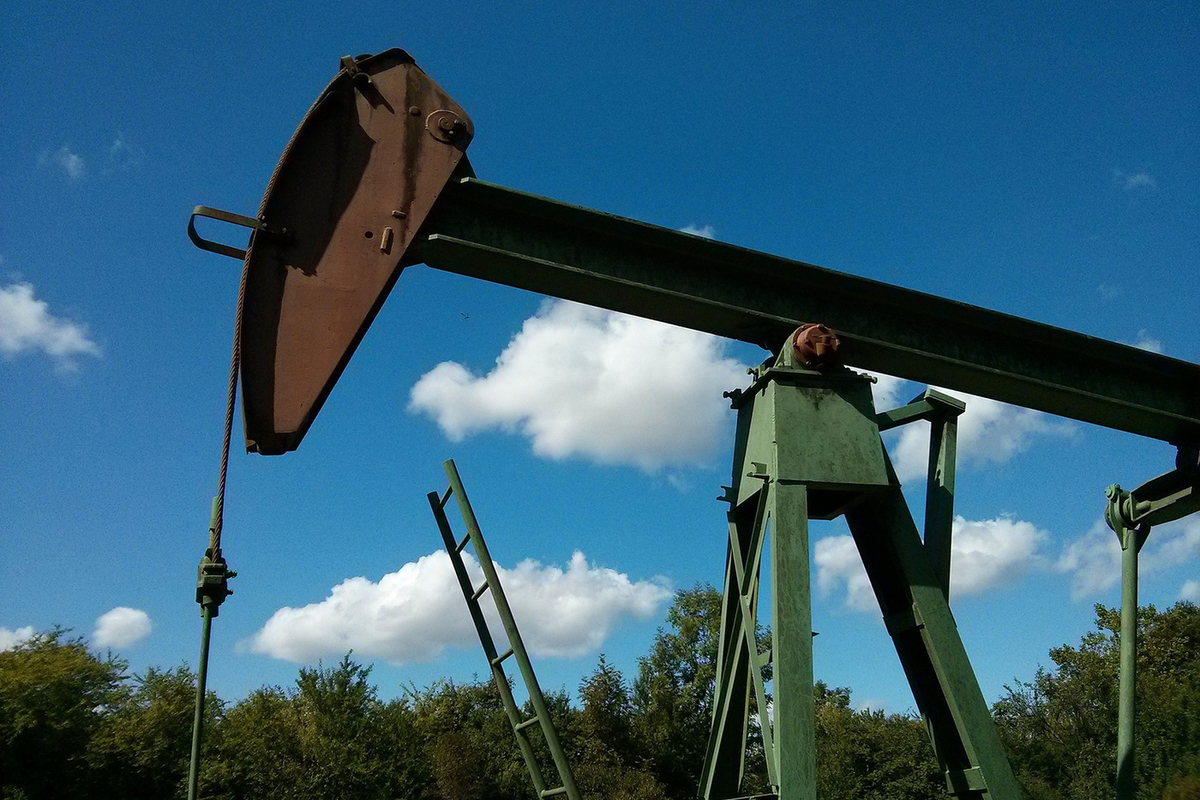Expert Yushkov: “Today Russia makes very good money from oil”
[ad_1]

What is happening to Russia’s oil and gas revenues? The question is not an idle one, given their importance for the budget and the lack of complete clarity with statistics, which seem contradictory. On the one hand, as reported by the International Energy Agency (IEA), Moscow received $1.8 billion more from oil exports in September than in August. The volume of supplies abroad increased by 460 thousand barrels per day, with an average price of about $82 per barrel of the domestic Urals brand. At the same time, according to the Ministry of Finance of the Russian Federation for January-July, the country’s oil and gas revenues decreased by 41%.
September revenue of $18.8 billion is the highest since July 2022, the IEA states. The total volume of Russian exports reached 7.6 million barrels per day this month (of which 4.9 million are crude oil, the rest are petroleum products). Deliveries to China increased by 270,000 b/d, to Turkey – by 80,000 b/d. As the IEA notes, about 190 thousand b/d from Russia are distributed to “unknown destinations.” Let us note that the IEA is a structure created by the Americans and is by no means friendly to Russia. So their statistics cannot in any way be “complimentary” for Moscow. As US Treasury Secretary Janet Yellen admitted in turn, Urals oil is trading closer to $100 per barrel than the established sanctions limit of $60.
Meanwhile, over the seven months of 2023, budget revenues from oil and gas exports decreased by 41.4% compared to the same period in 2022, amounting to 4.1 trillion rubles. This is already official Russian data. Our Ministry of Finance attributes this “to the high comparison base of last year, the decline in price quotes for the Urals brand, the decline in prices and the reduction in natural gas export volumes.” “By August, the monthly dynamics of oil and gas revenues had reached a trajectory exceeding their baseline level,” Siluanov’s department notes. We asked Igor Yushkov, an expert at the Financial University under the Government of the Russian Federation, to clarify the situation.
“In general, the IEA is quite critical of Russia and, in general, of oil suppliers from among the participants in the OPEC+ deal,” says MK’s interlocutor. – Being essentially an alliance of oil consumers, this organization initially positioned itself as a counterweight to classical OPEC, whose failures it sought to highlight. But today they are forced to admit the objective reality: income indicators from Russian commodity exports are clearly improving.
And here there are two main trends. Firstly, thanks to the efforts of a number of producing countries, oil prices are generally rising: the acceleration occurred in the summer, and the price began to rise in February, starting at $70 per barrel of Brent. The then initiative of Moscow, which announced a voluntary reduction in production by 500 thousand bpd, was supported by major producers, in particular, Saudi Arabia, Iraq, and the UAE, which together reduced production by another 1.1 million bpd. Plus, from July, Riyadh began to further reduce production by another 1 million bpd, then extended the measure to August, then to September.
– As a result, supply on the market fell, but demand recovered?
– Yes, today China and other Asian countries are gradually increasing their oil consumption. I will add that in August Russia reduced exports by 500 thousand b/d, and a month later – by 300 thousand.
In September, Brent price rose to $96 per barrel, then there was a slight pullback, and today the price is near the $90 mark. The Russian Urals variety is gradually approaching this level, even taking into account the discount, which itself is decreasing. And this is the second trend, which is extremely important for us.
Initially, the discount reached $35, now it does not exceed $12. And taking into account the fact that since the beginning of the year the Russian currency has seriously weakened against the dollar, it turns out that in ruble terms we are selling significantly more oil than was provided for in the budget: the document was drawn up based on the average dollar exchange rate of 72 rubles, and now rate under one hundred.
Today we are compensating for lost raw material revenues for the first half of the year; based on monthly indicators (August-September-October), they are clearly ahead of schedule. The treasury is confidently replenished – both in dollar terms, and even more so in ruble terms.
– How correct is it to compare IEA data (regarding oil) for September 2023 and statistics from the Ministry of Finance of the Russian Federation (regarding oil and gas revenues) for January-July?
– Of course, it’s incorrect. There is no particular contradiction here. In the first half of last year, we sold a lot of oil and gas, and at high prices. In the second half of 2022, problems began with gas supplies: pumping to EU countries stopped via Nord Stream, the Yamal-Europe pipeline, and one of the two transit routes through Ukraine. As a result, natural gas exports fell from annual 160 billion to 20-25 billion cubic meters.
And when two types of sanctions came into effect in December – an embargo on seaborne oil supplies and a price ceiling of $60 per barrel – this also hit oil exports, which became smaller in volume and worse in price parameters. We must not forget about the effect of the high base of January-June 2022: against this background, the information from the Ministry of Finance on the dynamics of oil and gas revenues for the first half of 2023 looks truly frightening. However, today it is on oil, which historically is a much more marginal commodity than gas, that Russia makes very good money.
[ad_2]
Source link






